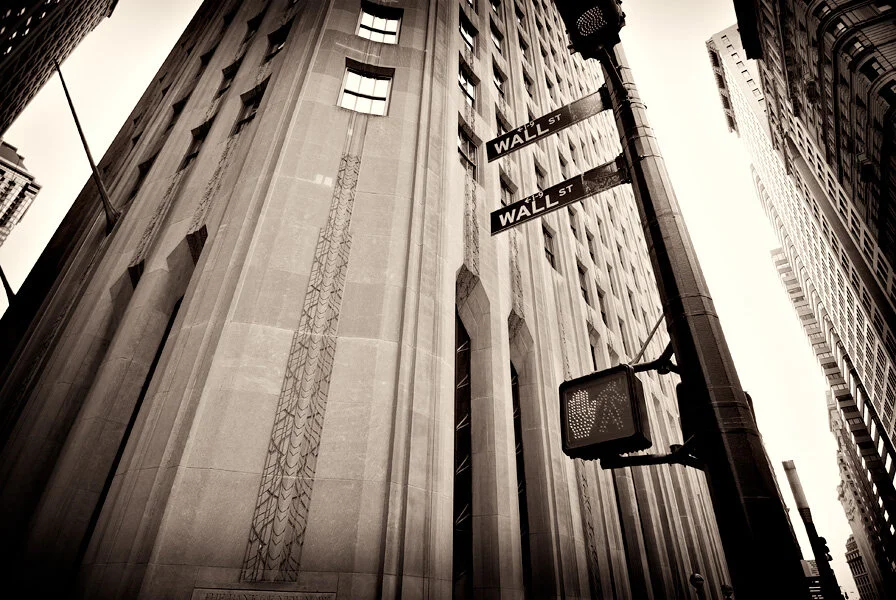Market Watch: Stocks Fluctuate Amid Heightened Fears of The Election
The social and economic turmoil that the U.S. has yet to escape is becoming increasingly difficult for investors to ignore. Financial markets are slowly reversing gains, and investors are fearful of the months ahead.
Source: "Wall Street" by Manu_H is licensed under CC BY 2.0
Several factors led to the eventual collapse in overall market success, but economists believe a decline was imminently approaching ahead of this year’s election. Analysts urge investors to spend strategically to keep the market alive amidst political turmoil, as neither candidate will win over the stock market.
After months-long rallies, tech stocks disintegrated all market advancements. Last week, all averages had poor performances on Wall Street; The S&P closed down more than 2%, NASDAQ declined by over 3%. Post-election market turmoil is expected in the short term, but this year’s election is expected to be the most litigated election in history, leaving one party inevitably enraged after results are released. Both parties have significantly different policies on crucial issues, such as healthcare, economy and COVID-19 response.
U.S. Bank highlighted variables that affect stock performance during an election:
After an election, stock market returns tend to be slightly lower for the following year, while bonds tend to outperform somewhat after the election. It doesn’t seem to make much difference which party takes office, but it does matter whether control of the White House changes hands.
When a new party comes into power, the analysts found that stock market gains averaged 5 percent.
When the same president is re-elected, or one party retains control of the White House, returns were slightly higher, at 6.5 percent.
Election season sparks market fluctuations regardless of who is running for office and how polarized the country is while voting. COVID-19 has presented a difficult obstacle for financial markets and politicians. The two candidates have drastically different supporters who want various changes to be made in the next term. Investors are uncertain about how consumers will react in November, requiring a strategic approach to the year’s final months.
Tom Hainlin, a national investment strategist at U.S. Bank, believes investors should analyze the big picture approaching this year’s election, zoning in on critical sectors. Hainlin anticipates that the healthcare sector and the energy sector will experience heightened market volatility. The healthcare sector’s volatility will increase based on the Democratic occupancy of the White House. The energy sector will react to more factors beyond the presidential nominee, emphasizing who controls the Senate and Congress. All parties impact trade relations, creating a significant reaction from the energy sector and its fragile industry
Once elections are over, Hainlin encourages investors to analyze how changes will impact the global market and focus on the long term economic reaction. He reiterated the importance of diversifying one’s portfolio, planning for either party’s victory and securing a profitable future position.
“Returns are made over a full business cycle, which is longer than even one presidential term … With presidential elections, you need to make sure to have all the components of a diversified portfolio in place, and then stick to a longer-term strategy that’s designed for more than one election cycle,” Hainlin said.
